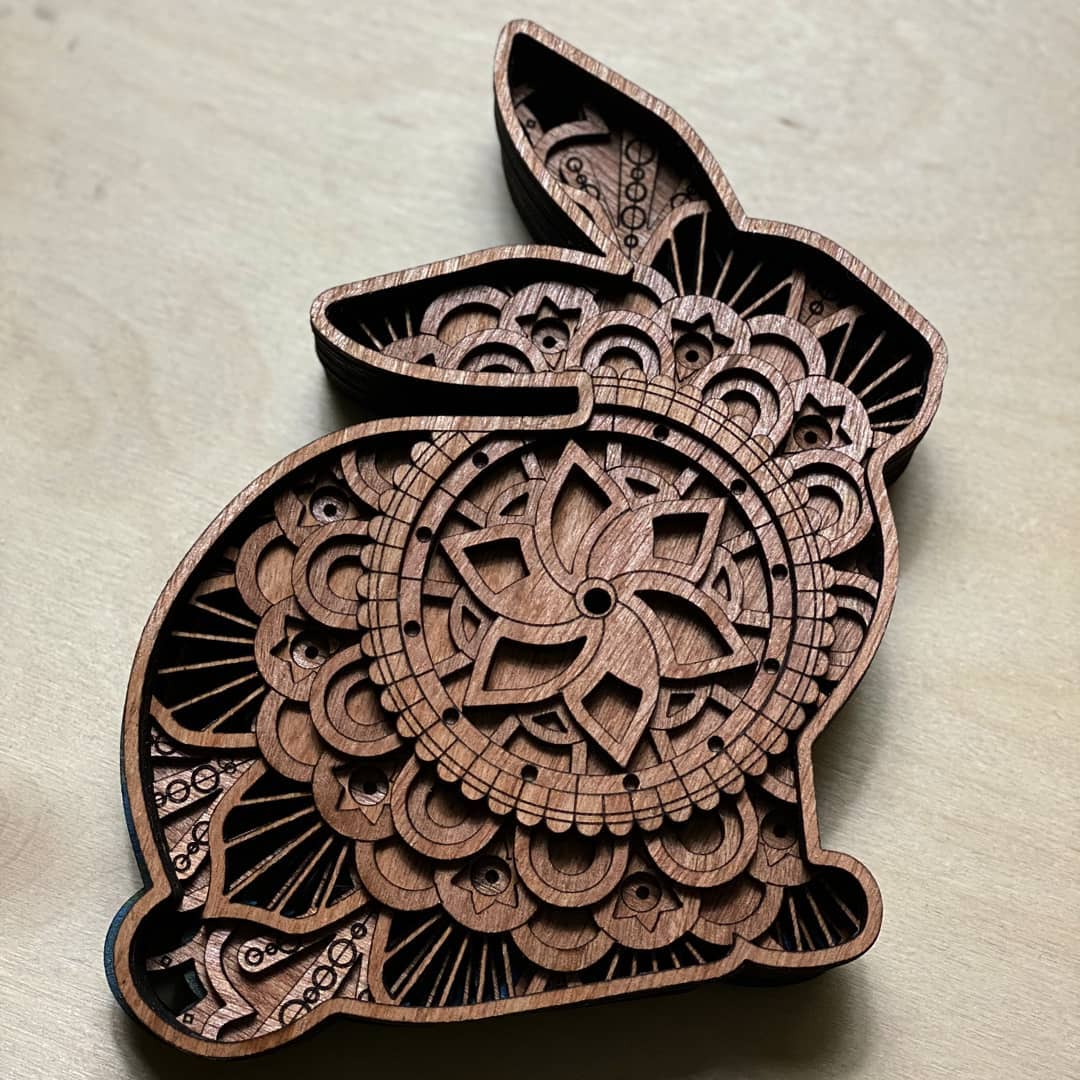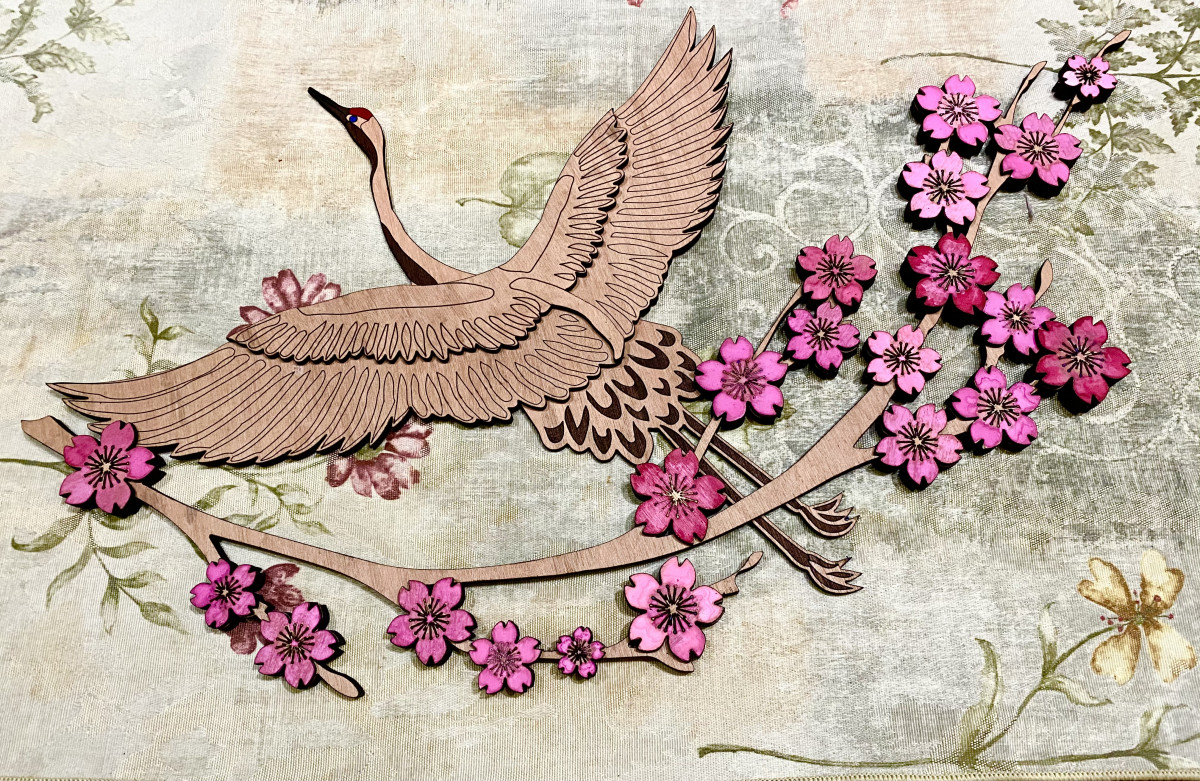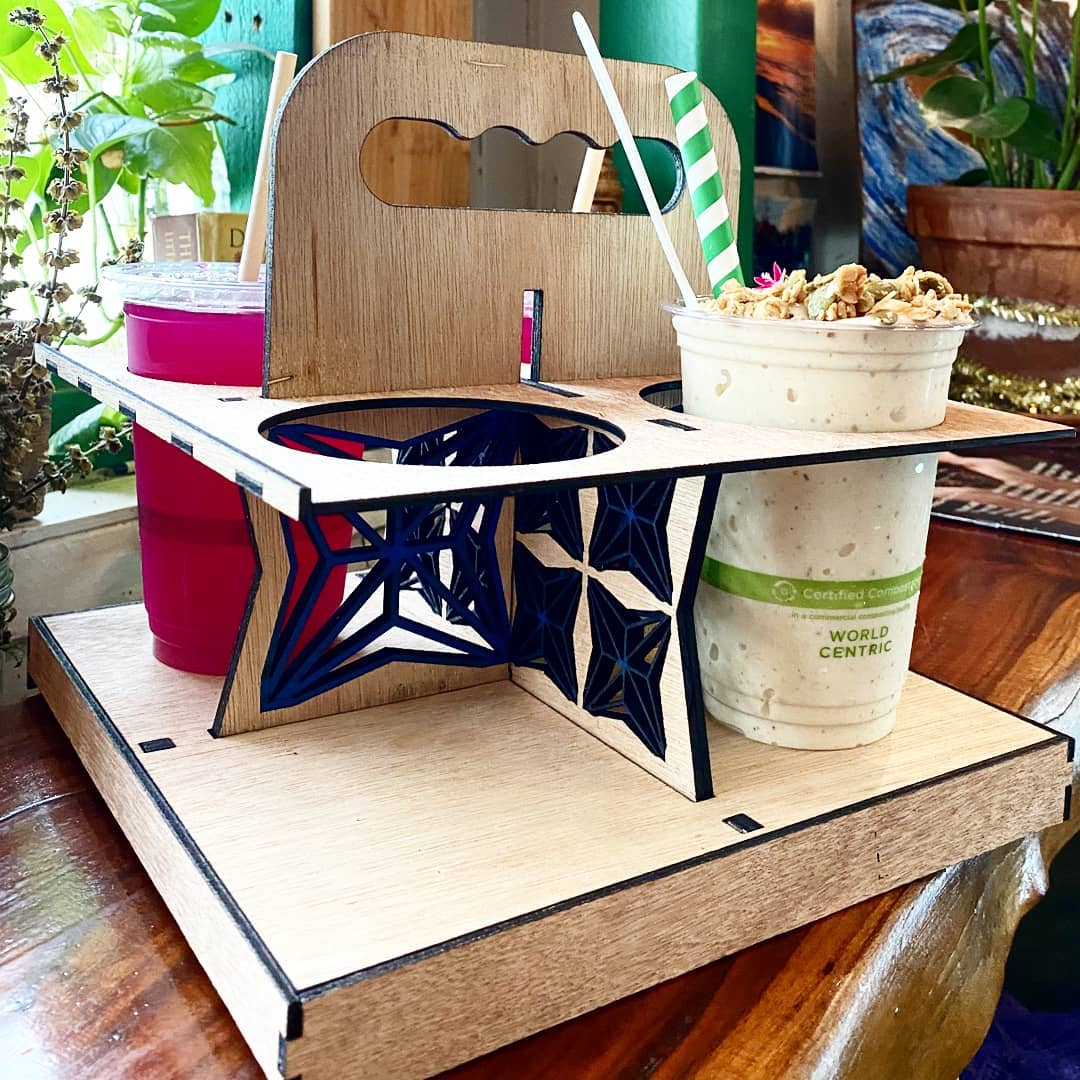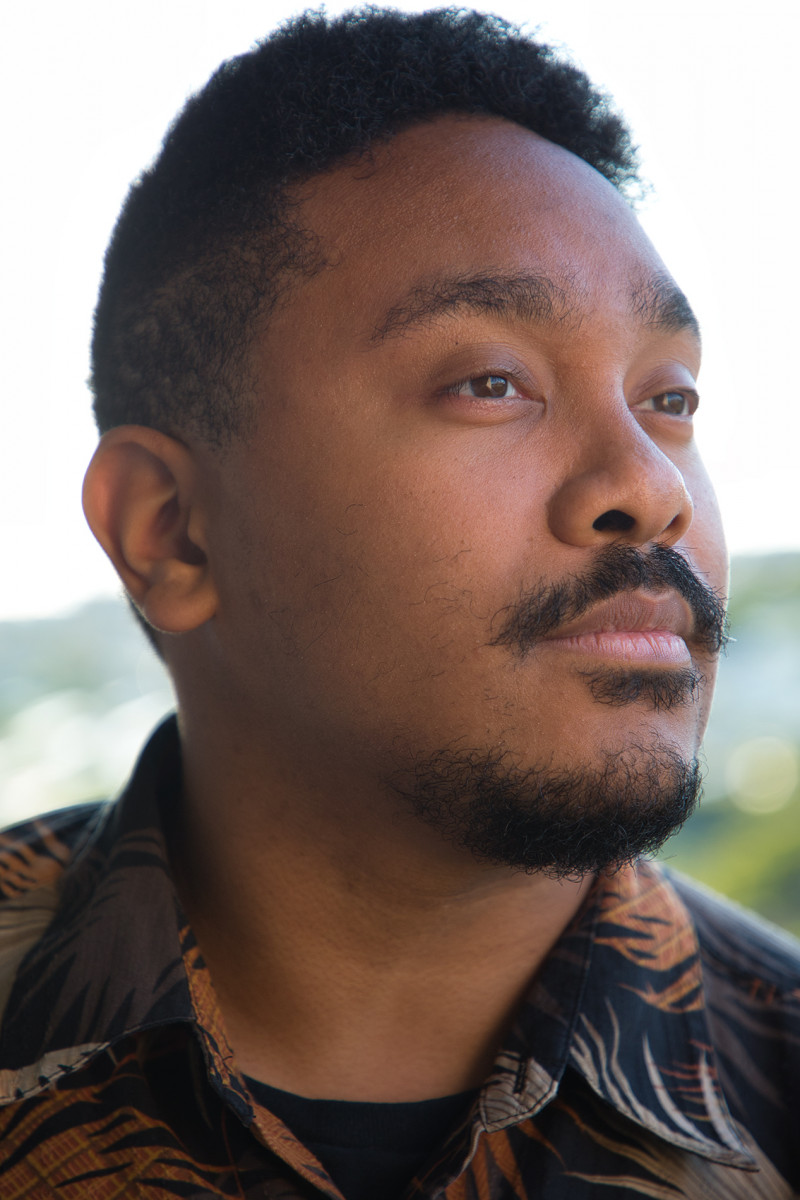We may receive a commission when you use our affiliate links. However, this does not impact our recommendations.

We’re interviewing makers from all 50 states. Today we’re featuring Richie Robinson, a grad student from Hawaii.
How did you get started woodworking? Who were your mentors?
I can’t recall exactly how I got started though from an early age I always enjoyed creating with my hands (I loved doing origami when I lived in Okinawa). I have always enjoyed being hands-on with any creative process I do. As I grew up I learned new means and ways to create these fantastical creations that I could imagine in my head. I learned how to create what I had once only imagined now with new forms of media such as wood.
Currently, I am getting my Ph.D. in Architecture. However, when I first began my academic journey I was unsure where Architecture would bring me. In fact, I was originally going to study Engineering. Yet I was drawn to Architecture because I loved creating tangible objects. Thankfully as I began studying Architecture my professors kept on encouraging me to always do my best and pushed me to advance my craft. If it wasn’t for them I might have switched over to Engineering after all.
I am grateful that I have many individuals I would consider mentors. However, there are a few that stick out. They have guided me to become a better Architect and craftsman.
Steve Hill, Hyoung-June Park, and Hongtao Zhou have helped me grow so much over the years and I am very thankful.
Steve is a faculty member that works at the School of Architecture fabrication lab, where he teaches students how to safely use woodworking tools.
Hyoung-June Park is currently my D.arch (Doctor of Architecture) Chairperson and he has always found a way to push my creative ideas and help me problem solve design issues I have.
Hongtao Zhou is a professor that first invited me to take part in the Tongji International cardboard competition in Shanghai China in 2016, Where the University of Hawaii Took home 3rd prize. Hongtao specializes in fabrication and sculptures and has always invited his students to explore our creative thoughts.

The Crane
What do you think is your best or favorite work? What kind of work do you do the most?
This past year I have been trying to limit the amount of time I physically can spend at the woodshop. While at home, I took the opportunity to try something new with my woodworking. I wanted to prevent burnout as I finished my doctoral dissertation and woodworking allowed me to manage my stress and be creative. I wanted to try to make more of a decorative style of art and smaller functional pieces. The style I use involves stacking and layering wood pieces to create a form with depth.
I started @r_3_creations to showcase my work and help me with my creative goals. I asked one day on an Instagram story for some ideas and someone suggested “ Crane + Sakura.” From there I let my imagination take over. I created this piece without a heavy focus on layers or depth. Instead, I wanted to focus on form and color, allowing the overall shape of the piece to paint a story for the viewer. What was really amazing was that the woman who suggested the “Crane + Sakura” ended up loving the piece and wanting to purchase it. By coincidence, I happened to create a piece that mirrored a tattoo she had of the same subject matter.
 This piece was made because I wanted to make something that was reusable and sustainable. Every week my family and I get coffee from a local coffee shop and we always get one of those recyclable trays that dissolve if they get too wet and if we keep it dry, we almost always forget to bring it back for us to reuse. The reusable holder I made is supposed to be a combination of sustainable and practical because it can be disassembled and reassembled and kept in a small carrying case.
This piece was made because I wanted to make something that was reusable and sustainable. Every week my family and I get coffee from a local coffee shop and we always get one of those recyclable trays that dissolve if they get too wet and if we keep it dry, we almost always forget to bring it back for us to reuse. The reusable holder I made is supposed to be a combination of sustainable and practical because it can be disassembled and reassembled and kept in a small carrying case.
 This piece was originally a gift, and it was the first piece of this kind of depth that I made. After making this piece I decided I would try to make all the animals in the Chinese Zodiac and made them all in a similar style. From this one piece I expanded from making layered wood art pieces from home with the limited number of tools, I had available.
This piece was originally a gift, and it was the first piece of this kind of depth that I made. After making this piece I decided I would try to make all the animals in the Chinese Zodiac and made them all in a similar style. From this one piece I expanded from making layered wood art pieces from home with the limited number of tools, I had available.
What advice would you give to someone that wants to start woodworking or pursue it as a profession?
Always take the opportunity to document your work and if something does not work out how you imagined it, take that as a learning moment to figure out how you can make it better the next time! Take everything as a learning experience.
As my dissertation Chairman always tells me “Hard work never fails”.
What’s your best hands-on tip or woodworking technique?
Paper is a great way to prototype ideas, whether it is making something on a smaller scale out of paper or if it is making yourself a 3D drawing of an image in your head! Make it easier for yourself to take that first step, seeing things on paper can make things easier to plan out and manage rather than keeping it all in your headspace. Paper is easier to replace than reworking and replacing an entire wood piece.
Is there anyone you’d like to shout-out or recommend we follow? Who inspires you? (Doesn’t have to be woodworking related, either.)
There was someone that graduated from my program a few years ago named Joey Valenti, who did his dissertation on removing Albizia trees, which are invasive to Hawaii, and replaces them with local species. Part of his dissertation was to use the lumber from the Albizia trees to build a prototype of an indigenous pacific Island-inspired design of a 400 square foot pavilion.
His prototype is called “Lika” and it is on display at the University of Hawaii of Manoa campus. To see more of his project or what he’s up to now, check his Instagram: @albiziaproject
See more of Richie’s work on Instagram @_r3_concepts.

Here are some supplies and tools we find essential in our everyday work around the shop. We may receive a commission from sales referred by our links; however, we have carefully selected these products for their usefulness and quality.








